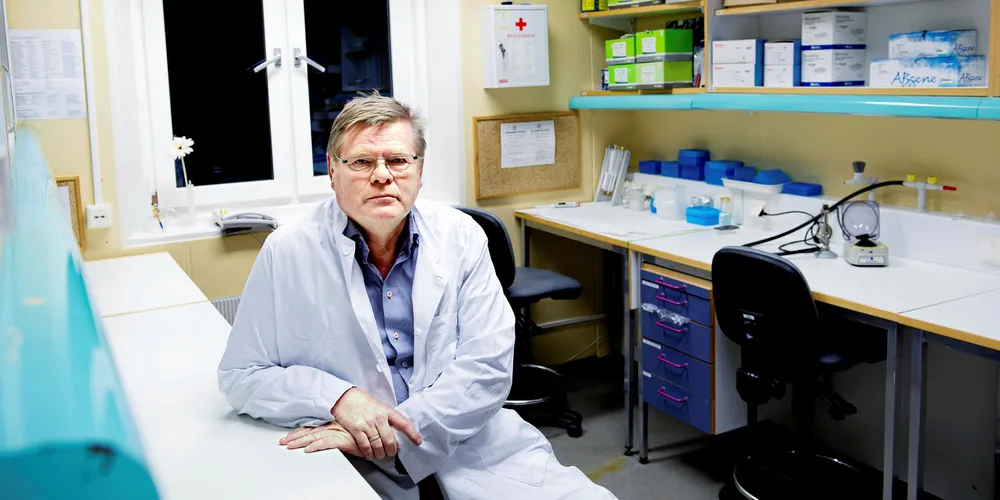'The most perfect protein production': Norwegian salmon farmers lauded for 77% slash in antibiotic use
Already the world's lowest user, consumption of antibiotics in the Norwegian aquaculture industry is constantly declining.

Already the world's lowest user, consumption of antibiotics in the Norwegian aquaculture industry is constantly declining.
